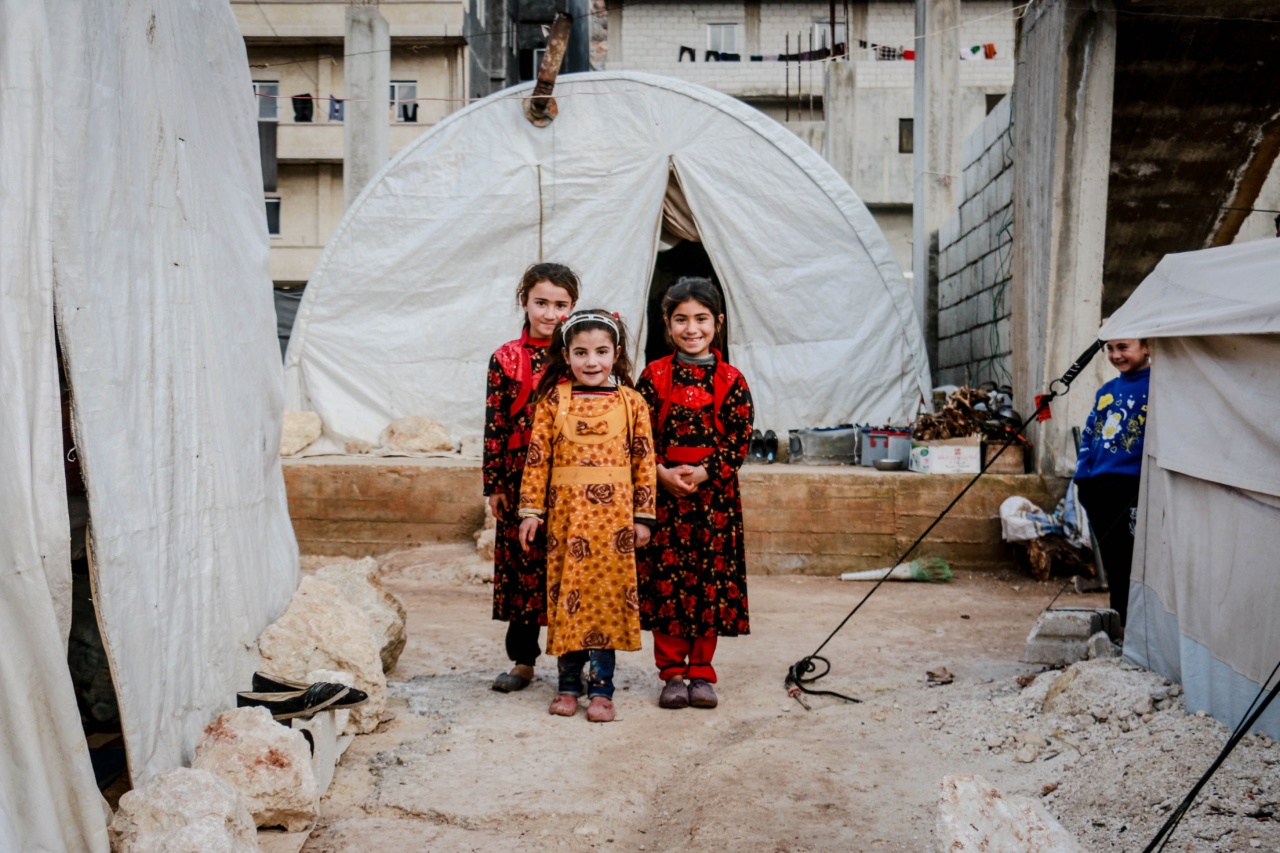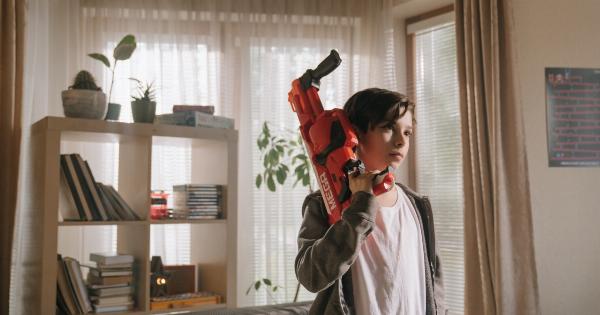Ensuring your child’s safety is a top priority for every parent. From the moment they are born, parents take on the responsibility of keeping their children out of harm’s way.
While it may seem like a daunting task, there are many steps you can take to ensure your child’s safety. In this article, we will discuss the important things you need to know to keep your child safe at home, on the road, and in various other situations.
Childproofing Your Home
One of the first things you need to do to ensure your child’s safety is to childproof your home. As soon as your little one starts crawling, they become exposed to a whole new set of dangers.
Make sure to secure cabinet doors and drawers, cover electrical outlets, install safety gates on stairs, attach furniture to walls, and remove any choking hazards that can be easily accessed by your child.
Safety in the Kitchen
The kitchen is another area in your home that requires special attention when it comes to child safety. Keep dangerous objects like knives and hot pans out of your child’s reach.
Install stove guards to prevent accidental burns and place locks on oven doors. Additionally, avoid leaving your child unattended in the kitchen, especially when cooking or using kitchen appliances.
Road Safety
When it comes to keeping your child safe on the road, there are several crucial measures to take. Always use a properly installed car seat that is appropriate for your child’s age and size.
Ensure that you buckle up your child every time they are in the car, even if it’s just a short trip. Teach your child about road safety rules, such as looking both ways before crossing the street, and always hold their hand when walking near traffic.
Water Safety
Drowning is one of the leading causes of child fatalities, so it is crucial to prioritize water safety. Never leave your child unattended near water, whether it is a pool, bathtub, or any other body of water.
Install pool fences or barriers and keep all doors leading to the pool area locked. Teach your child how to swim at an early age and ensure they wear appropriate flotation devices when near water, even if they know how to swim.
Preventing Accidental Poisoning
Accidental poisoning can occur from ingesting medications, household cleaning products, or other toxic substances. Store all medications and cleaning products out of your child’s reach, preferably in locked cabinets.
Make sure to read and follow the instructions carefully when administering medications to your child and avoid referring to medicines as candy to prevent accidental ingestion.
Internet and Cyber Safety
In today’s digital world, ensuring your child’s safety also involves protecting them online. Teach your child about internet safety, such as not sharing personal information with strangers or engaging in cyberbullying.
Monitor your child’s online activities and set appropriate restrictions on their devices. Educate yourself about popular social media platforms and the potential risks associated with them.
Safety at School
While your child is at school, it’s essential to trust the institution’s commitment to safety. Familiarize yourself with the school’s security policies and procedures. Make sure the school has proper emergency plans in place.
Talk to your child about bullying and encourage open communication if they ever feel unsafe or uncomfortable at school. Establish a relationship with your child’s teachers and be actively involved in their education.
Fire Safety
Teaching your child about fire safety is crucial to keep them safe in case of emergencies. Install smoke detectors on every floor of your home, including inside each bedroom.
Practice fire drills regularly with your child, teaching them to stay low to the ground, feel doors for heat before opening them, and crawl to safety in case of a fire. Teach them how to use a fire extinguisher and emphasize the importance of never playing with matches or lighters.
Preventing Child Abduction
Child abduction is every parent’s worst nightmare. While it may be impossible to eliminate the risk entirely, there are steps you can take to minimize it.
Teach your child about stranger danger and the importance of never going anywhere with someone they don’t know. Establish a trust network of people your child can turn to for help if they feel unsafe. Keep an up-to-date identification record of your child, including recent photographs and identifying characteristics.
Mental and Emotional Well-being
While physical safety is crucial, it is equally important to pay attention to your child’s mental and emotional well-being. Foster open communication with your child, allowing them to express their feelings and concerns.
Provide a safe and loving environment at home. Recognize the signs of anxiety, depression, or any other mental health issues, and seek professional help if needed.
Conclusion
Ensuring your child’s safety is an ongoing process that requires constant vigilance and attention.
By childproofing your home, prioritizing road and water safety, preventing accidental poisoning, teaching internet and cyber safety, establishing safety measures at school, practicing fire safety, preventing child abduction, and focusing on mental and emotional well-being, you can create a secure environment for your child to grow and thrive.































